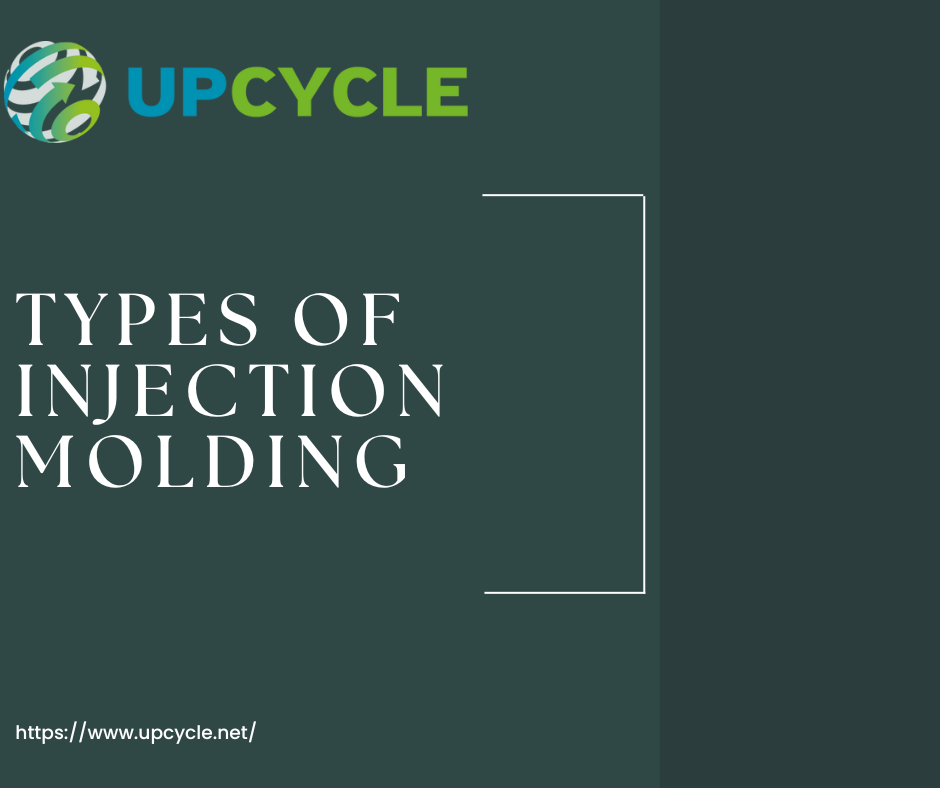Injection molding is a manufacturing process for producing parts by injecting molten material into a mold. Injection molding can be performed with a host of materials including metals, (for which the process is called die-casting), glasses, elastomers, confections, and most commonly thermoplastic and thermosetting polymers.
Material for the part is fed into a heated barrel, mixed, and forced into a mold cavity where it cools and hardens to the configuration of the cavity. After a product is designed, usually by an industrial designer or an engineer, molds are made by a mold maker (or toolmaker) from metal, usually either steel or aluminum and precision-machined to form the features of the desired part.
In injection molding, a ram or screw-type plunger forces molten plastic material through a heated chamber and into the mold cavity. The rapidly moving plunger carries the forward with it, leaving a void that is filled as plastic flows from the nozzle. As the plunger advances, the melting cylinder is forced to displace an equal volume of air ahead of it through the nozzle and into the mold cavity.
The process can be performed with a reciprocating screw or a ram injection system. The injection process is classified based on how the molten polymer enters into the injection chamber/barrel.
There are three main injection molding systems
Plunger-type injection system:
The molten polymer is fed into the injection chamber by a screw-type plunger that can be actuated either hydraulically or mechanically. This injection system is suitable for both thermoplastic and thermosetting polymers.
pros
-can injection mold a wide variety of materials
-high degree of accuracy and repeatability
cons:
-relatively slow cycle times
Reciprocating screw injection system:
The reciprocating screw injection system can be further classified into two types based on how the screw is actuated.
They are:
Electric motor-driven screws
Hydraulic motor-driven screw
The advantage of using an electric motor-driven screw is that it can injection mold at a higher rate and with a consistent screw speed. The disadvantage is that it is a more expensive option. The hydraulic motor-driven screw injection system is cheaper but the injection rate is slower.
Ram injection system:
The ram is suitable for injection molding thermosetting polymers. The advantage of using a ram injection system is that it can inject mold at a higher rate. The disadvantage is that the injection rate is not as consistent as with an electric motor-driven screw injection system.
pros:
– injection rate is higher
cons:
– injection rate is not as consistent

